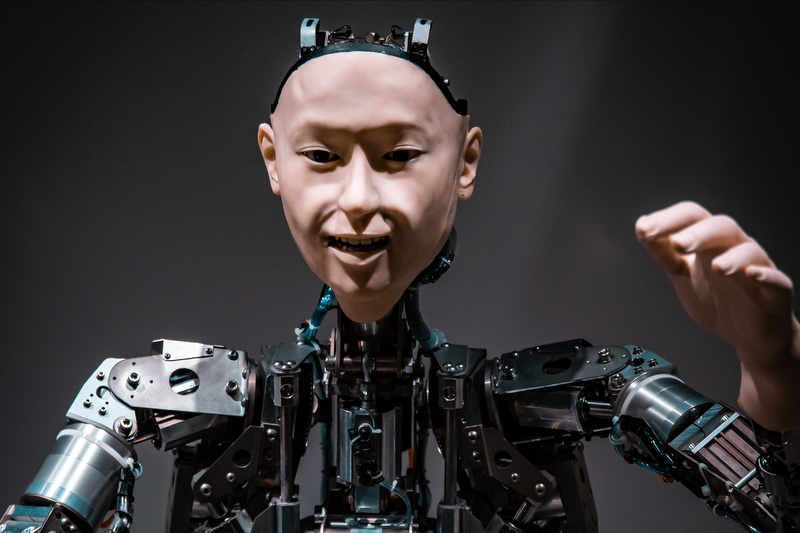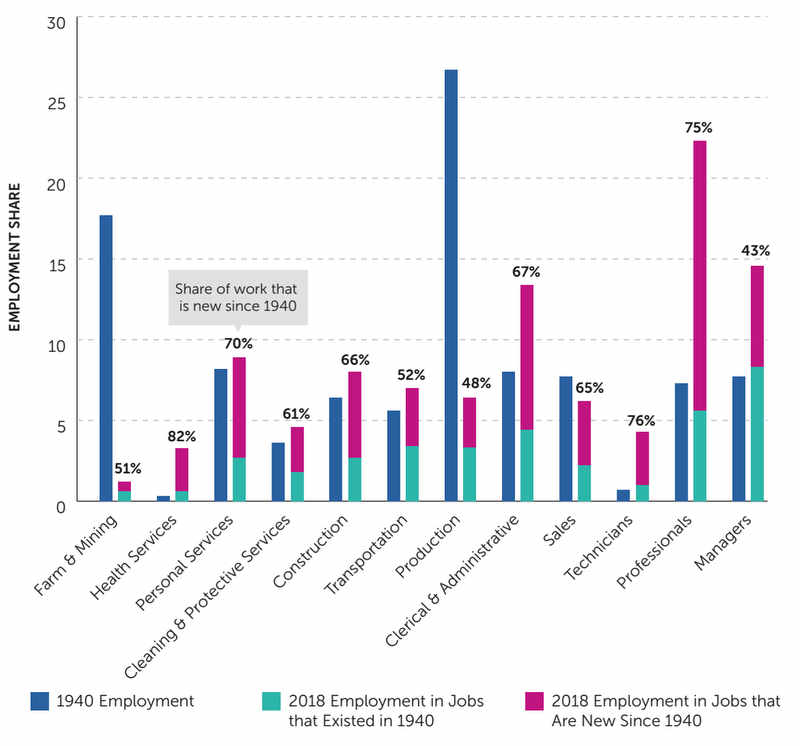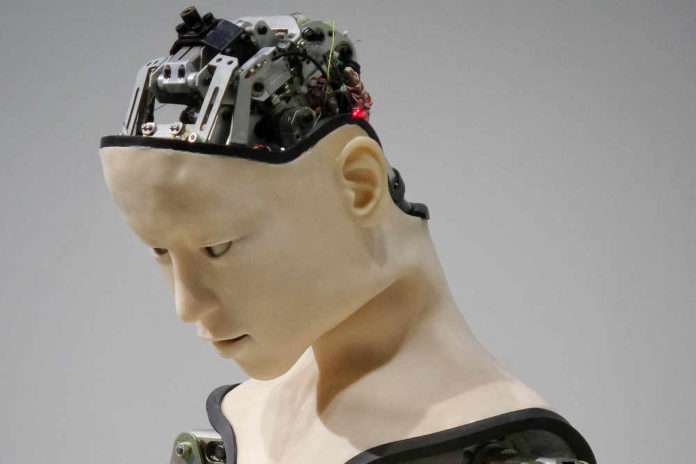The Massachusetts Institute of Technology (MIT) Task Force on the Work of the Future released its report this week on the impact of technology on jobs saying that automation and artificial intelligence wouldn’t bring the robot-job apocalypse any time soon.
As Industry 4.0 takes hold, it’s expected that technological advances in AI and automation will significantly impact the workforce.
But fears of immediate and widespread job destruction are largely unfounded.
Artificial intelligence and super robots may perform entire classes of jobs more efficiently than human beings, but “the adoption and deployment of these technologies take time, and we’re just at the beginning of a 30- to 40-year cycle,” said Elisabeth Reynolds, the executive director of the task force
It will likely be decades for those effects to be fully felt. The report said that business leaders and politicians still have an opportunity to address training and development to counter labor and education policies that have left too many workers locked in low-quality and low-paying jobs.
Haves & have-nots, fruits of labor
The U.S. report titled “The Work of the Future: Building Better Jobs in an Age of Intelligent Machines” concluded that the immediate effects of automation on work were overhyped and overshadowed by policies and politics that have perpetuated an unequal share of economic growth that favored the financially privileged.
Despite a technological ecosystem delivering rising productivity and an economy generating plenty of jobs (up until the COVID-19 pandemic), the MIT task force found a workforce in which the fruits of labor are so skewed towards the top that the majority of workers have “tasted only a tiny morsel of a vast harvest.”
The coronavirus pandemic also revealed that “work from home” was not a luxury afforded to every worker who needed to be on the job.

“Decades of technological change have polarized the earnings of the American workforce, helping highly educated white-collar workers thrive while hollowing out the middle class,” the report said.
According to David Mindell, one of the report’s authors, “If we deploy automation in the same labor market system we have now, we’re going to end up with the same results — an ever-expanding divide between the haves and the have-nots.”
Technological change isn’t eliminating work. It’s replacing existing work and creating new work.
The job landscape looks very different from decades ago: 63% of jobs in 2018 didn’t even exist in 1940. Despite the impact of technology on jobs, workers always have found employment where they are needed.

The task force said that automation and AI are presently having the same effect on total job numbers experienced by technological shifts in the past. While certain jobs were being made redundant, other jobs were being created, and employment kept rising.
The World Economic Forum in its Future of Jobs 2020 Report said that globally, a shift in the division of labor between humans and machines could displace an estimated 85 million jobs by 2025. But the transformation will also give rise to 97 million new roles.
Momentous impacts of technological change are unfolding gradually
The dystopian vision of robots ushering workers off factory floors and AI making human expertise and judgment unneeded has not happened. Technologies mimicking human actions are expensive and challenging to build. It is still cheaper to hire humans for those tasks.
Technologies that augment and enhance human abilities, such as tools that let doctors diagnose remotely, increase productivity. Apart from clerical and assembly-line jobs, many technologies exist to supplement workers, not substitute for them.
Therefore, workplace technology usually involves “augmentation tasks more than replacement tasks,” Mindell says. Better robotic dexterity may lead to more direct replacement of workers, but that’s further off in the future.

Fostering opportunity and economic mobility necessitates cultivating and refreshing worker skills.
While advances in technology are often incremental, the relevance of workers’ skills and career paths are under threat. The focus must be on training and development. Workers need more opportunities to upskill and reskill with workplace learning, online education, community colleges, or other means.
The MIT report advocates making continuous skills development accessible, engaging, and cost-effective for the workforce. This can be augmented by new tools such as blended online and in-person learning and augmented and virtual reality learning environments.
“There should be pathways for those people to increase their skillset and make it meaningful to the labor market. We really need a shift that makes this a high priority,” said Reynolds.
Investing in innovation drives new job creation, speeds growth, and meets rising competitive challenges.
The rate of new-job creation over the last century is heavily driven by technological innovation supported largely by government investment in R&D.
“Innovation has a key role in job creation and growth,” said task force co-chair David Autor.
The impact of technology on jobs will always be a given. Knowing how important innovation is to job and wealth creation, the report recommends increased overall federal research funding; targeted assistance that helps small and medium-sized businesses digitalize; policies creating a wider geographical spread of innovation in the U.S.; and policies that enhance investment in workers and tax incentives for employer training.




